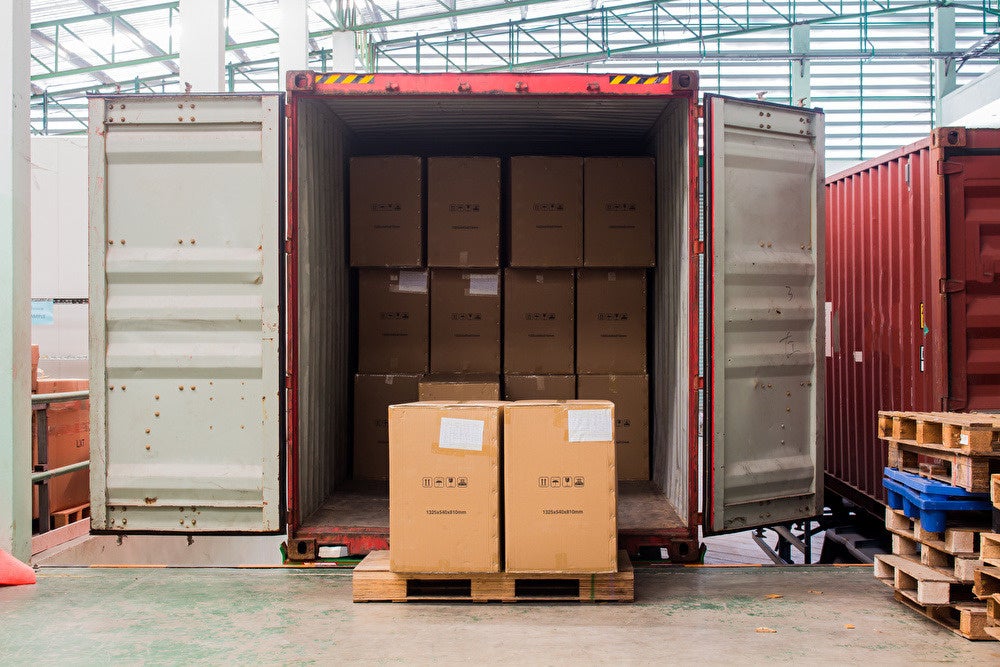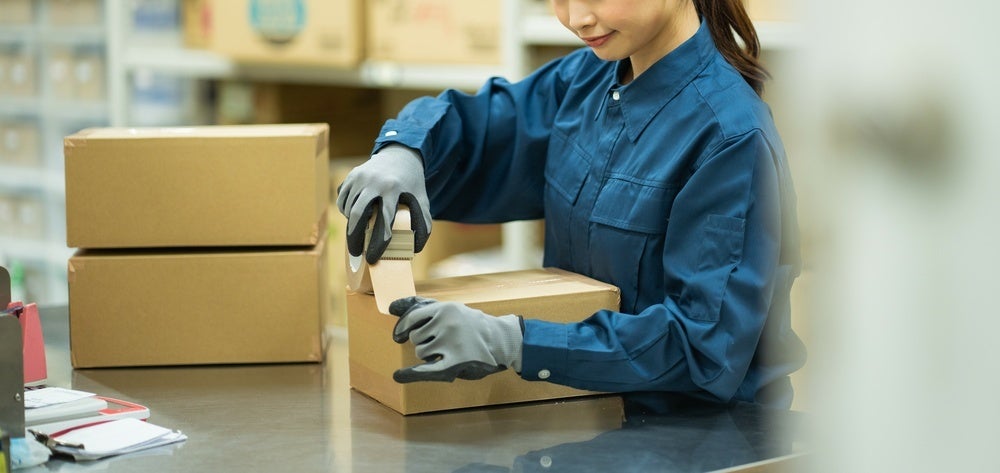【Cutting-Edge Logistics DX】Industry Alpha and Taiyo Paper Co., Ltd. Launch Joint Initiative for Automation in Logistics Warehouses

Background

In recent years, warehouses—key components of Japan’s manufacturing and logistics industries—have faced increasing demands for greater efficiency due to the expansion of the e-commerce market and a declining labor force. In fact, warehouse automation is expected to deliver significant reductions in labor costs and maximize operational productivity.
However, automating a warehouse requires more than just introducing robots and AI. It also involves designing the warehouse layout with future scalability in mind. While some companies have implemented fully automated warehouses by designing logistics lines during the construction phase, this approach requires massive capital investment, making it inaccessible for many businesses. As a result, the majority are seeking ways to automate their existing warehouses.
Yet, during these automation efforts, many companies encounter obstacles such as system incompatibility or off-the-shelf products that do not meet their needs, ultimately forcing them to abandon automation initiatives.
This situation has created a strong demand for solutions that enable partial automation of existing warehouses—allowing for optimal operational efficiency without requiring complete facility overhauls.
Automation Initiatives

Industry Alpha and Taiyo Paper Industry have launched a joint initiative to automate logistics operations within a shared warehouse space.
This initiative aims to achieve warehouse automation without the need for constructing large-scale automated storage facilities or distribution centers that require significant capital investment. Instead, the focus is on designing optimal combinations of material handling equipment to automate tasks that were traditionally performed manually.
As experts in labor-saving and efficiency improvement, we support the automation of existing warehouses by offering smart solutions tailored to current operations.
Challenges in Traditional Warehouses
In traditional warehouse logistics lines, a significant amount of labor from employees was required for picking and transportation.
Picking is said to account for approximately 50% of warehouse operating costs. Workers move repeatedly within the warehouse searching for items based on lists, making improvements in picking operations a critical issue for enhancing productivity.
Additionally, in many sites, transportation is done manually using hand lifts, which can lead to issues such as dropping items from the hand lifts.
Furthermore, in many packaging areas, tasks such as label application and cardboard box assembly are handled by workers, leading to the following challenges:
- Speed varies depending on the individual worker
- Mistakes such as incorrect items being placed or missing items in shipments occur
- Aging workforce results in increased training costs for packaging procedures

Industry Alpha addressed the challenges of transportation and picking, while Taiyo Paper focused on packaging issues.
Both companies designed solutions to optimize the entire operational workflow in response to these challenges.
Industry Alpha’s Solutions to Challenges
We transform existing warehouses into smart warehouses by digitally optimizing the traditionally separate picking and transport processes to create synergy between them. This enables significant labor cost reduction and productivity improvement in manufacturing and logistics lines.
First, we developed a picking-assist AGV capable of performing picking and transport simultaneously. This cutting-edge AGV features a shelf mounted on the vehicle’s top where workers place picked items, and the AGV autonomously completes the transportation. This solution allows labor savings in the picking area.
Additionally, by combining a sequence optimization module—which rearranges the WMS picking list into an optimal route order—with the picking-assist AGV, we developed a system that automatically calculates the optimal paths for multiple AGVs.
As a result, workers only need to move to the AGV’s location to perform picking and inspection tasks.
Furthermore, by introducing automatic label applicators and automatic case erectors, we enable a smart warehouse where manual work throughout the entire flow from inbound to outbound is greatly reduced, limited mainly to loading, picking, and unloading.
The following are specific benchmarks for work efficiency. We aim to achieve these benchmarks first and continue to improve to further reduce the time per picking task.
Before
Picking time by human only: 50 seconds per pick
Packing time by human only: 60 seconds per case
After
Picking time with human + robot: 30 seconds per pick
Processing time with human + automated line: 30 seconds per case
Future Outlook
Our company aims to achieve ultimate labor reduction and automation of logistics lines by smartifying existing warehouses without introducing large-scale automated storage facilities. With smart technology enabling data accumulation of warehouse operations, we also anticipate optimizing inbound and receiving processes through data analysis of shipping and outbound frequencies.
Moreover, by combining robotic arms and AMRs, we will automate unloading, picking, and loading tasks currently performed by humans, realizing unmanned warehouses.
Furthermore, through location management, we will calculate optimal layouts to improve picking efficiency at shipping time, advancing further labor savings and smartification.
